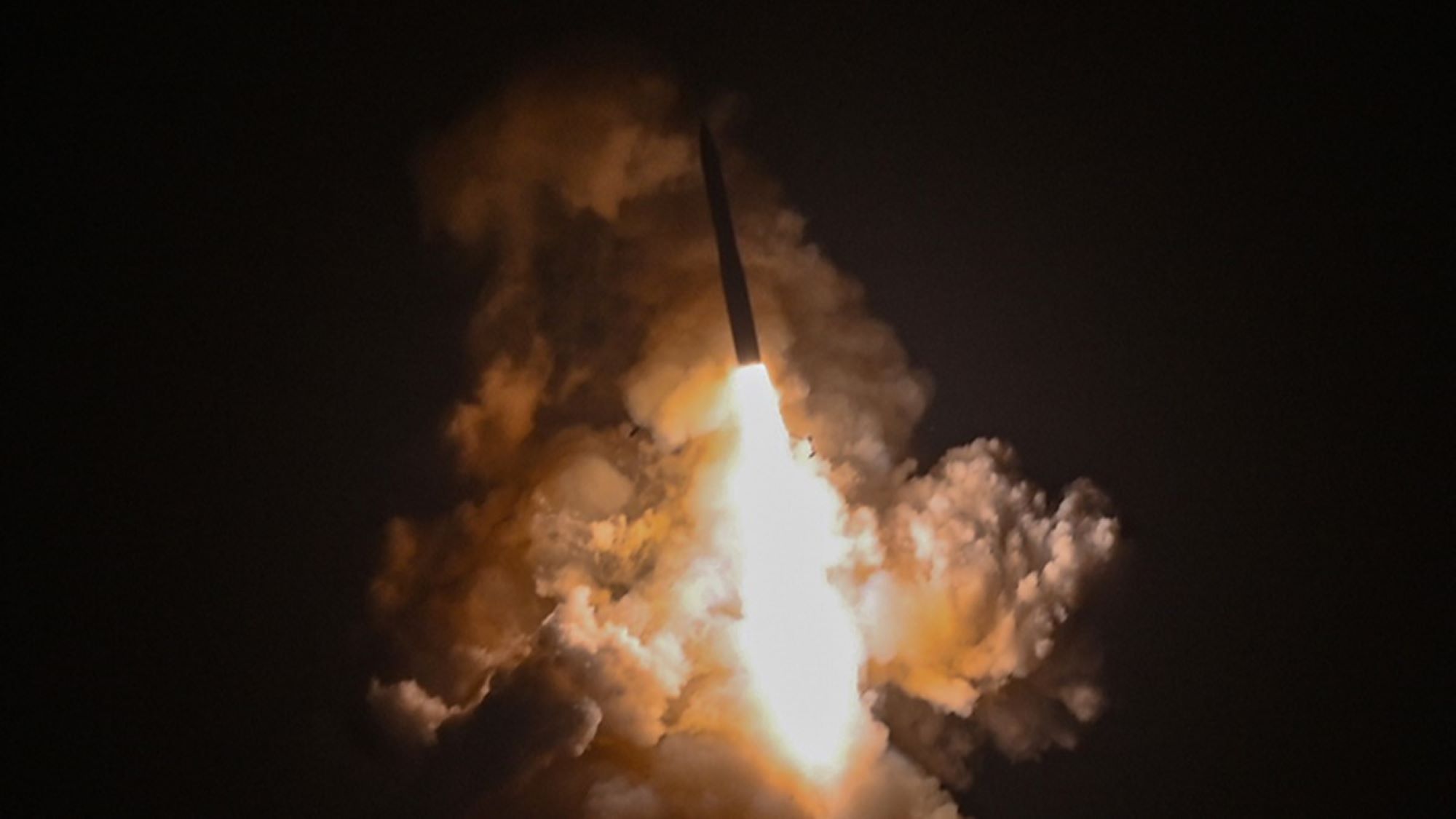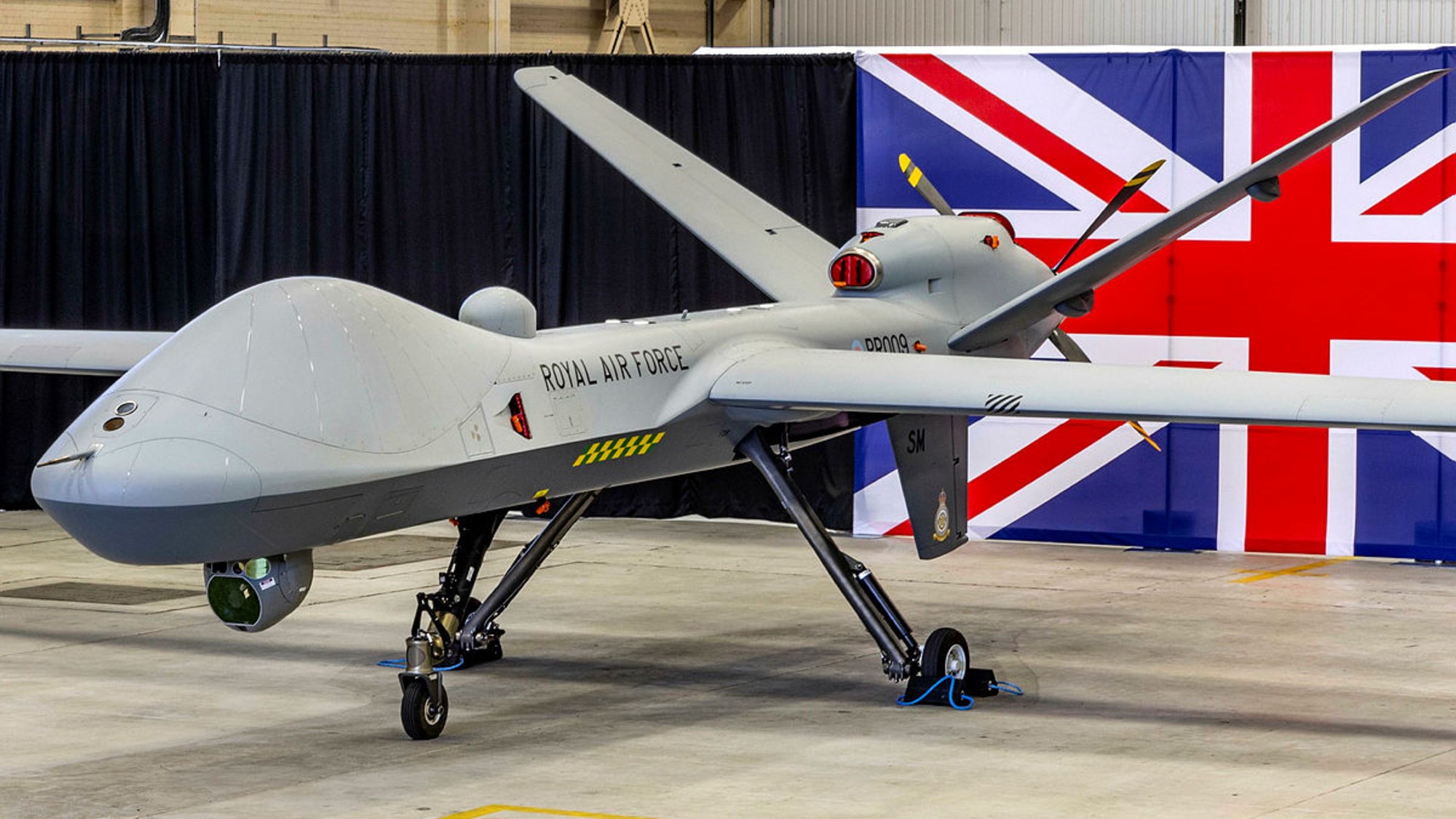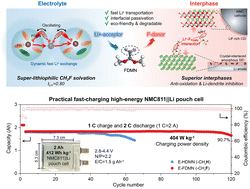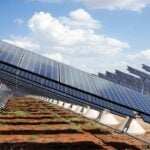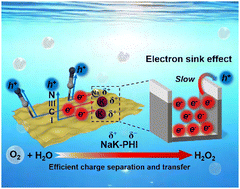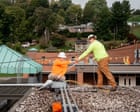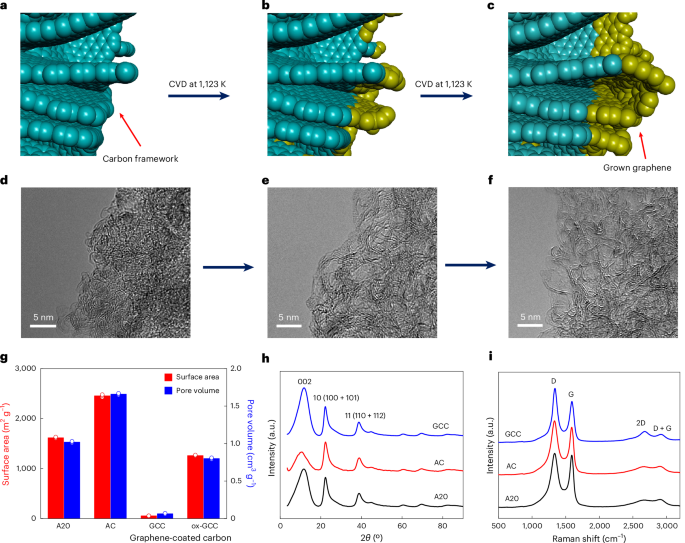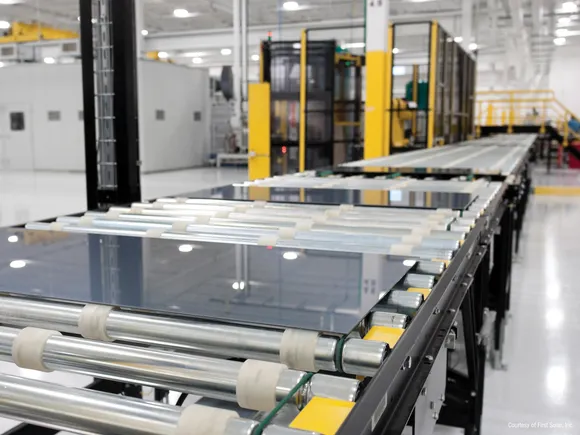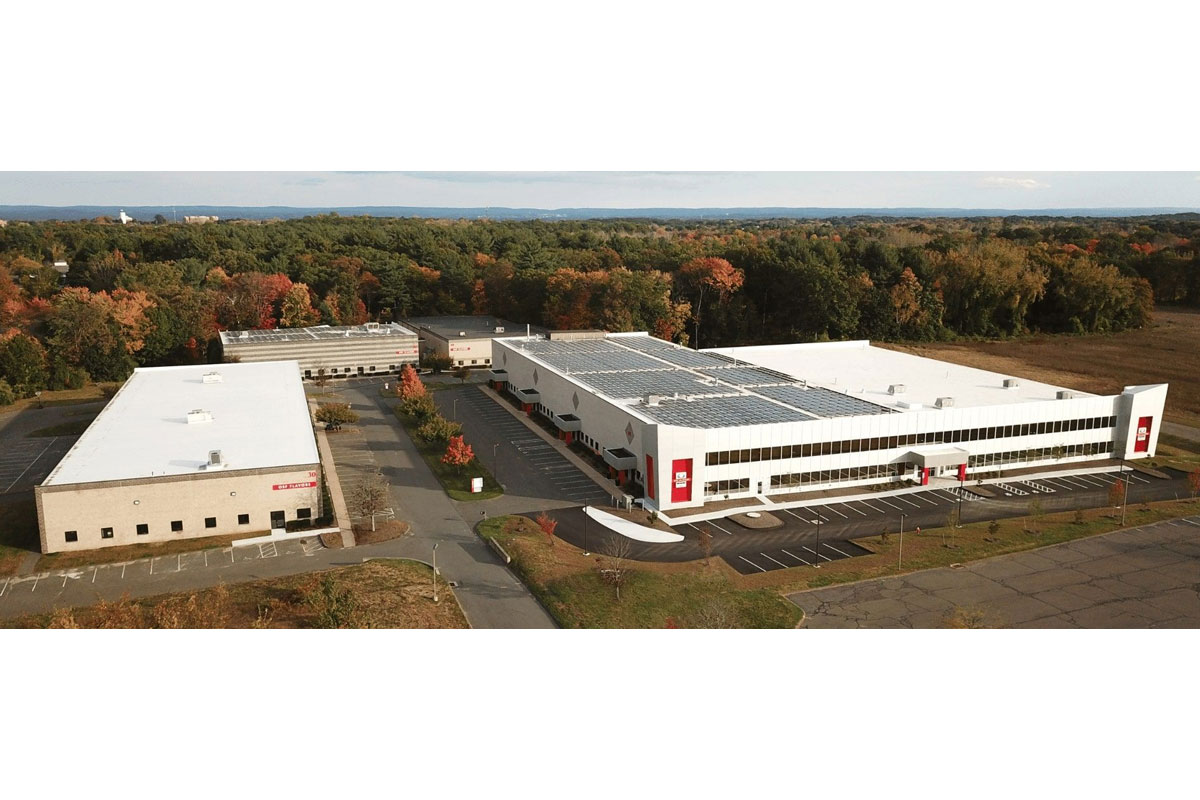The Power of Onsite Data Collection
Learn the benefits, methods, and industry applications of onsite data collection. Explore case studies and future trends to maximize your data strategy.
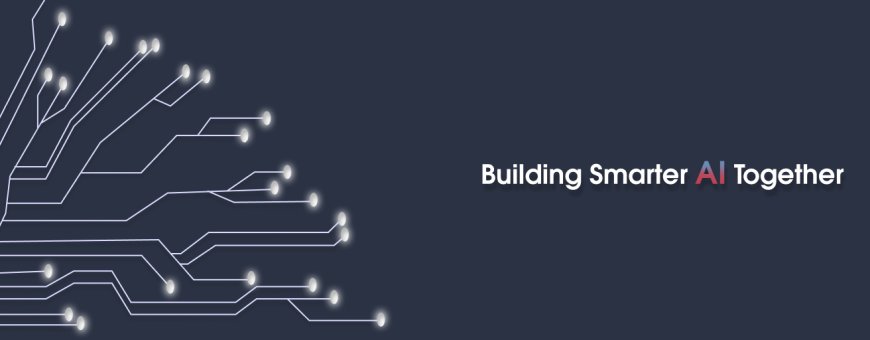
Data powers the modern world, from improving business processes to training cutting-edge AI. Yet, not all data is created equal. When it comes to making informed decisions or building precise AI models, onsite data collection emerges as the gold standard. But why is it so effective, and how can businesses harness its potential? This guide takes a deep look into the power of onsite data collection, its benefits, applications, methods, and future trends.
What is Onsite Data Collection?
Onsite data collection refers to the process of gathering information from physical locations or environments where the event or phenomenon is occurring. It involves tools like sensors, video cameras, audio devices, and manual data entry to record the most authentic, context-rich information. Unlike off-site methods, onsite collection reduces reliance on approximations or simulations and supplies raw, high-fidelity data that captures real-world complexity.
Why Onsite Data Collection is Crucial
The argument for onsite data collection lies in its ability to provide:
- Real-world context: Unlike synthetic data, onsite data captures environmental variables like lighting, motion, sound, and human activity.
- High fidelity: It provides unmatched precision, making it ideal for artificial intelligence (AI) and machine learning (ML) training.
- Data integrity: Onsite collection often minimizes the risk of manipulation, ensuring that information captured is accurate and reliable.
The Benefits of Onsite Data Collection
The unique advantages of onsite data collection set it apart from alternative data sourcing methods. Here's why industries continue to invest in it:
1. Real-World Context
Onsite data ensures accuracy by embedding the unique nuances of physical environments. For instance, capturing data from a bustling urban street provides context such as pedestrian behavior, traffic movements, and lighting conditions that would be hard to simulate in a lab.
2. High Fidelity for Training AI
For AI and ML models, the quality of data determines the quality of output. Onsite data represents real conditions and scenarios, making it invaluable for building robust, bias-free systems.
3. Enhanced Decision-Making
For businesses in sectors like agriculture or manufacturing, onsite data provides actionable insights. For example, monitoring factory equipment with IoT sensors ensures timely repairs, improving operational efficiency and reducing downtime.
4. Data Integrity and Compliance
With onsite data collection, you have full control of the process, ensuring compliance with relevant data protection regulations and minimizing inaccuracies.
Industries Revolutionized by Onsite Data Collection
Onsite data collection is transforming key industries by providing actionable insights customized for their unique challenges. Here’s a closer look:
1. Agriculture
Farmers use IoT sensors to monitor soil moisture, temperature, and crop health in real time, paving the way for "smart agriculture." Drones equipped with cameras routinely capture aerial data to optimize irrigation and planting efficiency.
2. Transportation
Autonomous vehicle development relies on high-quality onsite data collected from urban and rural environments. Video and motion sensors feed detailed traffic, pedestrian, and obstacle data to train AI-powered driving systems.
3. Retail
Retailers analyze customer footfall, shelf interactions, and buying habits in brick-and-mortar stores using onsite cameras and motion detectors. These insights help optimize layout design and product placement.
4. Manufacturing
Manufacturers deploy IoT-enabled sensors to monitor equipment performance, capture worker efficiency metrics, and identify potential system failures before they disrupt operations.
5. Smart Cities
Urban planners leverage onsite data to design efficient traffic systems, control pollution, and optimize energy usage. Noise sensors, environmental monitors, and GPS devices all contribute to the data-rich infrastructure of tomorrow’s cities.
Case Study 1: Manufacturing Efficiency
FlexiTech Components, a precision parts manufacturer, implemented IoT-enabled vibration and temperature sensors on their production lines. This real-time onsite data allowed for predictive maintenance, reducing equipment downtime by 42% and boosting overall efficiency by 18%.
Case Study 2: Autonomous Vehicle Training
DriveSafe AI, a leader in autonomous systems, collected 500TB of high-fidelity driving data by deploying cameras and LIDAR sensors in various cities. This onsite data improved pedestrian detection and dynamic object recognition by 44%, outperforming synthetic-only AI models by 31%.
Techniques for Onsite Data Collection
Successful onsite data collection relies on a tailored selection of tools and methods designed to suit the task. Popular techniques include:
1. Sensors and IoT Devices
Use case: Monitoring physical properties like temperature, humidity, and motion.
Industries: Agriculture, weather forecasting, disaster management.
2. Video and Image Capturing
Use case: Observing patterns or anomalies across industries such as retail and transportation.
Method: Drone footage, CCTV, or body-worn cameras.
3. Manual Data Collection
Use case: Qualitative insights through interviews, surveys, or logs.
Industries: Social research, healthcare, and public services.
4. Audio Recordings
Use case: Capturing sound for applications like noise mapping or speech recognition.
Example: Monitoring machinery sound for fault detection in manufacturing.
5. Edge Devices
Use case: Real-time data capture and local processing.
Advantage: Ideal for remote areas with limited connectivity.
Considerations Before Implementing Onsite Data Collection
While onsite data collection offers unparalleled advantages, businesses must assess key factors before investing:
- Data type: Determine if context-rich, real-world data is essential for your goals.
- Budget: Onsite projects can be cost-intensive, requiring travel and advanced equipment.
- Scalability: Large-scale projects may need additional resources for implementation.
- Timelines: Factor in real-time or seasonal data requirements.
Future Trends in Onsite Data Collection
The future of onsite data collection will be shaped by evolving technologies and a growing need for privacy:
- Edge AI will enable devices to collect and process data locally, reducing latency and enhancing privacy controls.
- Drone Swarms will revolutionize large-scale data collection, particularly for agriculture and remote monitoring.
- Privacy-Aware Sensors will automate the anonymization of collected data to meet stringent regulations like GDPR.
- Hybrid Models combining onsite and off-site innovations will promote scalability and cost efficiency.
Maximizing the Value of Onsite Data Collection
Onsite data collection is no longer a futuristic concept but a game-changing necessity for sectors like agriculture, smart cities, and autonomy. Businesses that implement tailored strategies, carefully select collection methods, and invest in scalable technology will lead the charge in the next-generation economy.
Would you like to know more about how onsite data collection can revolutionize your operations? Explore innovative solutions today with Macgence’s expert services.



























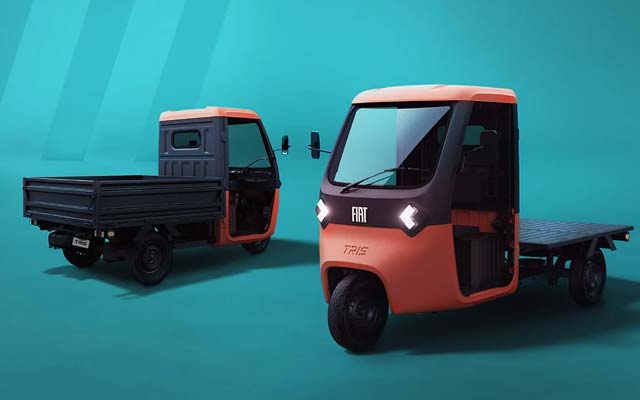




































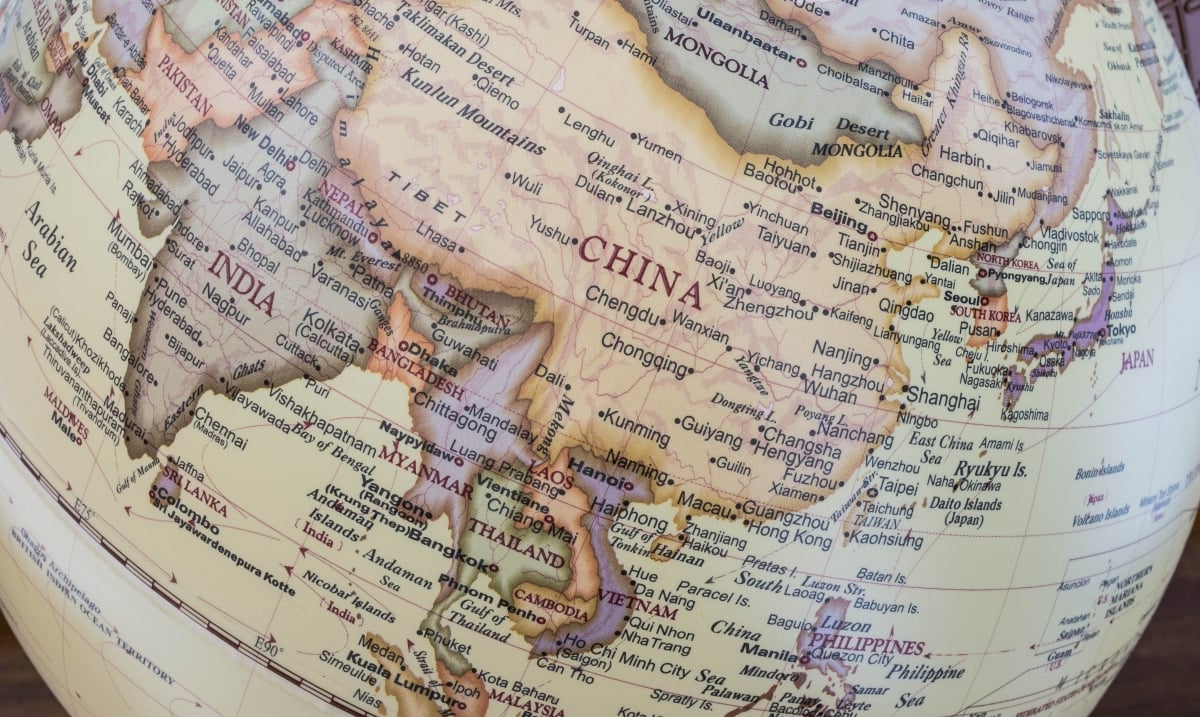


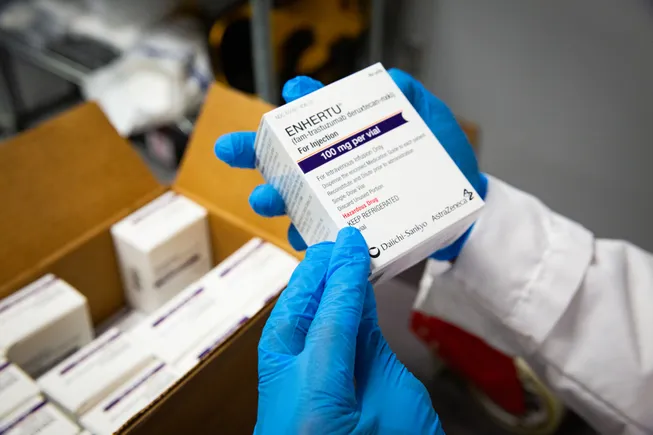




















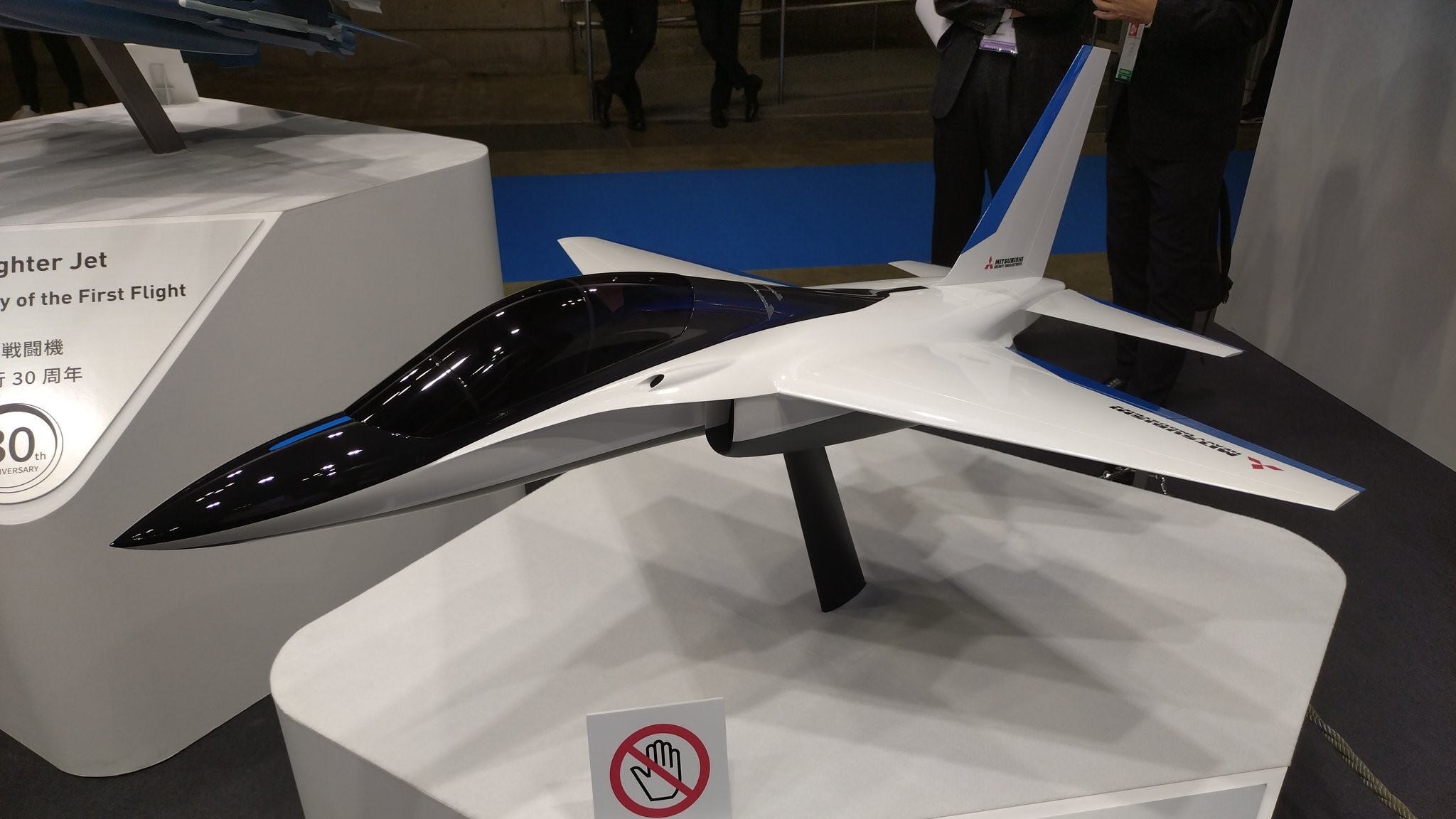

![The F-35’s future: The power and cooling competition that could change everything [Video]](https://breakingdefense.com/wp-content/uploads/sites/3/2024/09/240924_F35_moon_USAF-scaled-e1727200160419.jpg?#)












